
More praise for Ariels Gift
Both narratively engaging and scholastically comprehensive.
Thomas Lynch, Los Angeles Times
For anyone interested in the relationship between art and life, and drawn to the Hughes-Plath legend, Ariels Gift will be required reading.
Elaine Showalter, Princeton magazine
Wagner maintains a cool detachment.... This is a generous, respectful study, which, like its design, elegantly complements Hughess Birthday Letters.
Lisa Allardice, New Statesman
Wagnerknowledgeable, perceptive, and wiseguides us gracefully through Hughes poems so that we see with a new clarity his responses to his life with Plath, and to her lamentable death.
Kirkus Reviews, starred review
The fascination of the book is in the way it demonstrates the two poets influence on each other.
Hugo Williams, Daily Telegraph
The book is a commentary on Birthday Letters, gravely unfurling the biographical journey for which these most openly personal of poems are signposts, amplifying and interpreting.
Catherine Lockerbie, The Scotsman
W. W. NORTON & COMPANY NEW YORK LONDON
Erica Wagner
ARIELS GIFT
TED HUGHES, SYLVIA PLATH,
AND THE STORY OF BIRTHDAY LETTERS
Adjusting type size may change line breaks. Landscape mode may help to preserve line breaks.
First published in 2000 by Faber and Faber Limited
Copyright 2000 by Erica Wagner
Poems by Ted Hughes 1995, 1998 by the Estate of Ted Hughes
Poems by Sylvia Plath 1960, 1965, 1971, 1981, 1989 by the Estate of Sylvia Plath
First American edition 2001
First published as a Norton paperback 2002
Originally published in England under the title
Ariels Gift: A Commentary on Birthday Letters by Ted Hughes
All rights reserved
Extract from On His Work in the English Tongue from Electric Light by Seamus Heaney (published April 2001), reprinted by permission of Farrar, Straus & Giroux Inc. Lines from Marianne Moores poem The Fish are reprinted from her Complete Poems (1981) by permission of Miss Moores Literary Estate and Faber and Faber Ltd.
For information about permission to reproduce selections from this book,
write to Permissions, W. W. Norton & Company, Inc.,
500 Fifth Avenue, New York, NY 10110
Composition by Molly Heron
Book design by Blue Shoe Studio
Production manager: Leelo Mrjamaa-Reintal
The Library of Congress has catalogued the printed edition as follows:
Wagner, Erica, 1967
Ariels gift : Ted Hughes, Sylvia Plath and the story of Birthday Letters / Erica Wagner.
p. cm.
Originally published: London : Faber and Faber, 2000.
Includes bibliographical references and index.
ISBN 0-393-02009-6
1. Hughes, Ted, 1930Birthday letters. 2. Plath, SylviaIn literature. 3. Plath, SylviaMarriage. 4. Marriage in literature. 5. Poets in literature. I. Title.
PR6058.U37 B5738 2001
821.914dc212001018310
ISBN 978-0-393-32301-6 pbk.
ISBN 978-0-393-29267-1 (e-book)
W. W. Norton & Company, Inc., 500 Fifth Avenue, New York, N.Y. 10110
www.wwnorton.com
W. W. Norton & Company Ltd., Castle House, 75/76 Wells Street, London W1T 3QT
TED HUGHES
19301998
SYLVIA PLATH
19321963
Soul has its scruples. Things not to be said.
Things for keeping, that can keep the small hours gaze
Open and steady. Things for the aye of God
And for poetry. Which is, as Milosz says,
A dividend from ourselves, a tribute paid
By what we have been true to. A thing allowed.
SEAMUS HEANEY
On His Work in the English Tongue
Dans le fond des forts votre image me suit.
RACINE
Phdre
CONTENTS
1  OTTO PLATH IN 1930
OTTO PLATH IN 1930
2  MARIANNE MOORE WITH SYLVIA PLATH, 1955
MARIANNE MOORE WITH SYLVIA PLATH, 1955
3  SYLVIA PLATH IN VARSITY, 1956
SYLVIA PLATH IN VARSITY, 1956
4  TED HUGHES AND SYLVIA PLATH IN YORKSHIRE, 1956
TED HUGHES AND SYLVIA PLATH IN YORKSHIRE, 1956
5  TED HUGHES AND SYLVIA PLATH AT 9 WILLOW STREET, BOSTON, 1958
TED HUGHES AND SYLVIA PLATH AT 9 WILLOW STREET, BOSTON, 1958
6  MANUSCRIPT OF TED HUGHESS HARVESTING
MANUSCRIPT OF TED HUGHESS HARVESTING
7  TYPESCRIPT OF SYLVIA PLATHS RUNAWAY, ON REVERSE OF ABOVE
TYPESCRIPT OF SYLVIA PLATHS RUNAWAY, ON REVERSE OF ABOVE
8  TED HUGHES OVERLOOKING THE NORTH DAKOTA PRAIRIES, 1959
TED HUGHES OVERLOOKING THE NORTH DAKOTA PRAIRIES, 1959
9  SYLVIA PLATH ON YELLOWSTONE LAKE, WYOMING, 1959
SYLVIA PLATH ON YELLOWSTONE LAKE, WYOMING, 1959
10  SYLVIA PLATH WITH FRIEDA AT COURT GREEN, DEVON, 1961
SYLVIA PLATH WITH FRIEDA AT COURT GREEN, DEVON, 1961
11  SYLVIA PLATH WITH FRIEDA AND NICHOLAS AT COURT GREEN, 1962
SYLVIA PLATH WITH FRIEDA AND NICHOLAS AT COURT GREEN, 1962
12  55 ELTISLEY AVENUE, CAMBRIDGE
55 ELTISLEY AVENUE, CAMBRIDGE
13  18 RUGBY STREET, BLOOMSBURY, LONDON
18 RUGBY STREET, BLOOMSBURY, LONDON
14  THE CHURCH OF ST. GEORGE THE MARTYR, BLOOMSBURY
THE CHURCH OF ST. GEORGE THE MARTYR, BLOOMSBURY
15  3 CHALCOT SQUARE, LONDON
3 CHALCOT SQUARE, LONDON
16  SYLVIA PLATH WITH FRIEDA AT COURT GREEN, 1962
SYLVIA PLATH WITH FRIEDA AT COURT GREEN, 1962
INTRODUCTION:
THE ECSTASY OF INFLUENCE
WE HAVE GROWN accustomed to confession. It is not simply chat-show culture that has created a climate in which the most personal of revelations hardly seem shocking; the history of personal disclosure stretches back much farther than Oprahs first broadcast. In the fourth century St. Augustine gave us his Confessions; Jean-Jacques Rousseau delivered his in the eighteenth. Wordsworths Prelude, the cantos of Byrons Childe Harold: poets and philosophers hoped to gain greater insight into themselves, and give their readers greater insight into their work, by laying bare their secrets.
It is hardly surprising. All of a writers materialeverything he (or she) sees, everything he hopes to transform in his artpasses through the filter of his consciousness. During and after the Romantic period, particularly, an attempt to understand the nature of that consciousness became part of the process of art. In the twentieth century, modern psychoanalytic theory having made its mark, that consciousness has often itself become the basis of art. Edmund Gosses Father and Son, Thomas Hardys Poems of 191213 at the beginning of the century; the work of Robert Lowell, of Anne Sexton, of Allen Ginsberg in the 1950s and 1960s; nearer our own time, Tony Harrisons School of Eloquence, Douglas Dunns Elegies all offer a model for the art of confessional. Each a very different artist, but each, fueled by the desire to examine themselves before their readers, turning the artistic gaze inward. The revelation of the self was integral to both personality and art.
For most of his life, Ted Hughes did not reveal himself directly through his art. Although married for seven years to Sylvia Plath, one of the greatest of the twentieth centurys confessional poets, Hughess gaze turned outward. He looked to the natural world, to mythology and anthropology: he did not appear to look directly into his heart and show what he saw there to his readers. The suffering in his workthe tortured Crow, for instancewas never directly personal, but turned personal tragedy into metaphor and mythology.
Next page
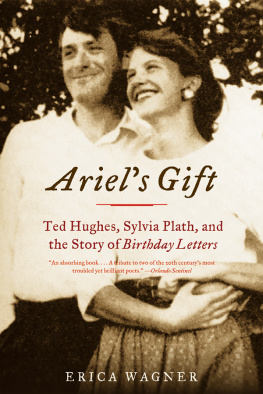
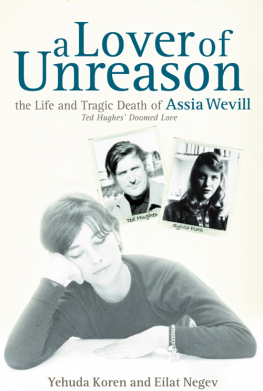

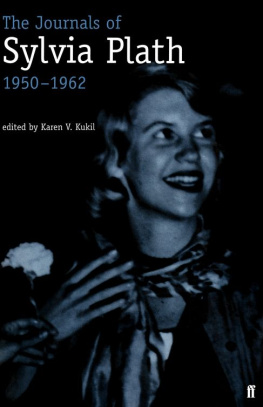
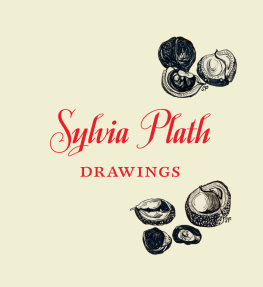
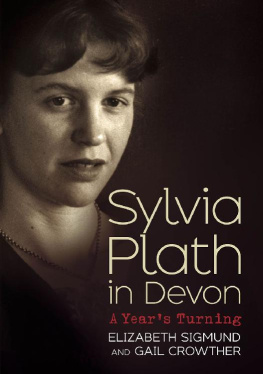
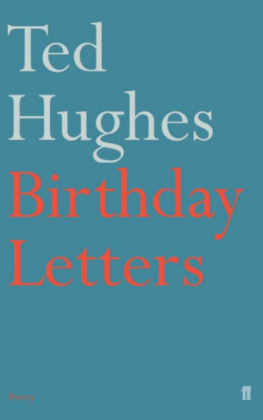
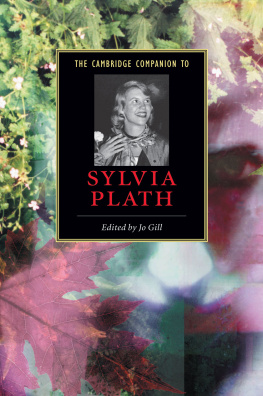
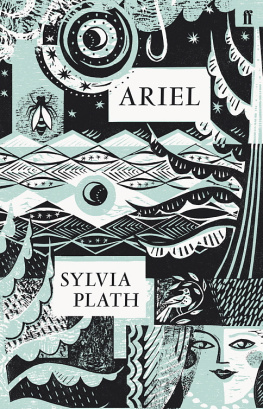
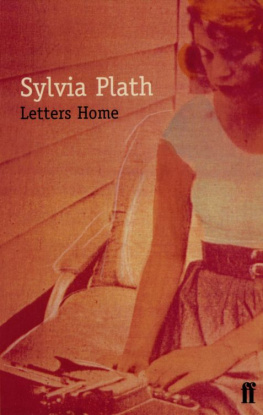
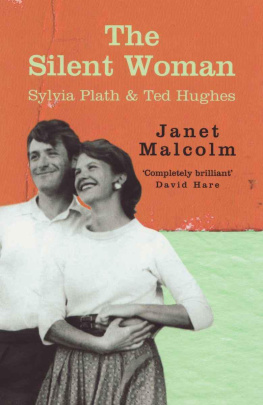
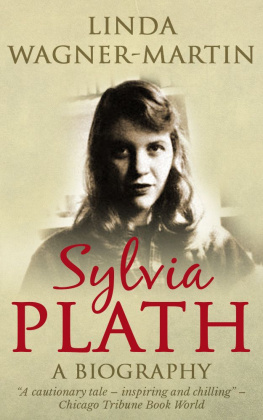

 OTTO PLATH IN 1930
OTTO PLATH IN 1930